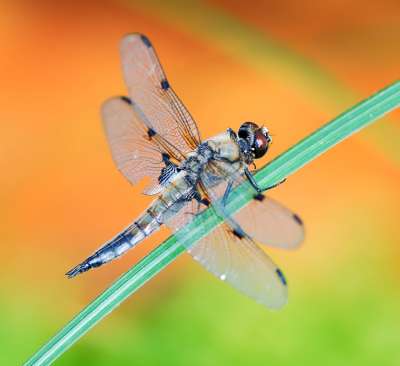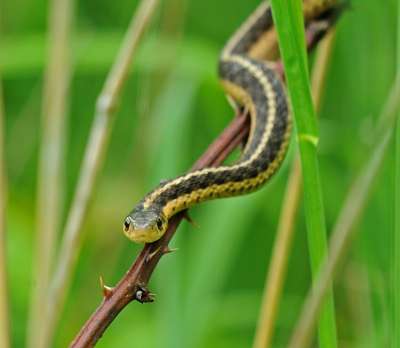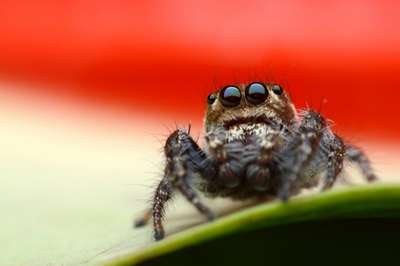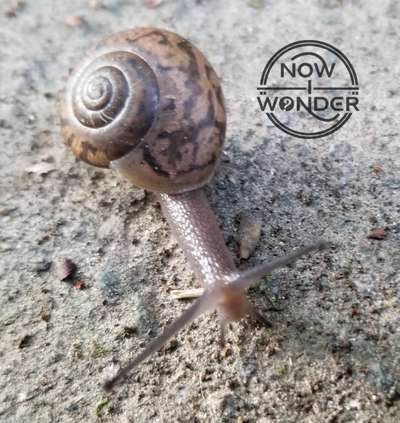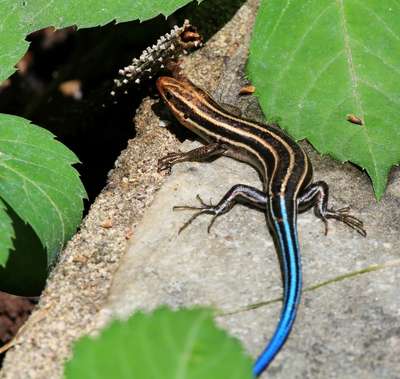Turtles are defined by the presence of their shells; all turtles have shells on their backs and so are instantly recognizable as “turtles”. Most turtles live in water and and are good swimmers. But how can they be good swimmers with such big, bulky shells?
Turtles can swim despite having shells because they compensate for the weight by adjusting their buoyancy in water. Additionally, some turtle species have reduced the size and thickness of their shells over time to make swimming easier, and some have lost their hard shells almost completely.
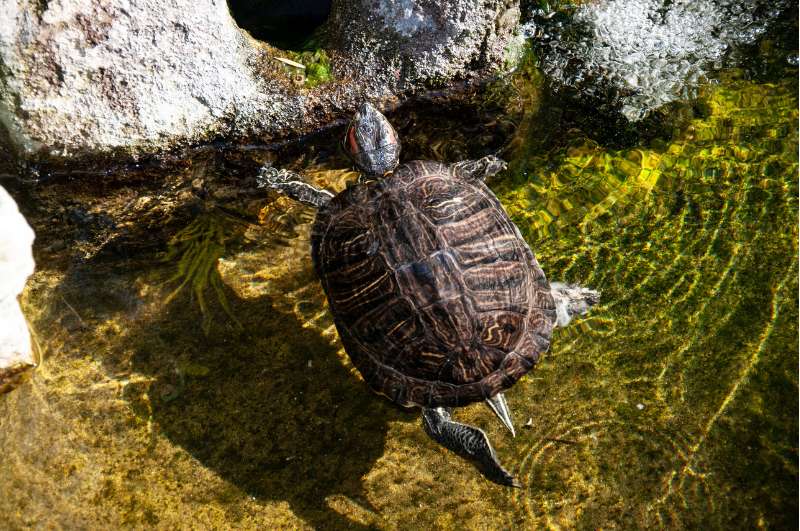
This post focuses on the turtle shell and how it impacts the ability of various turtles to swim. The stereotypical image of a turtle is of an animal with four legs and a hard, round shell on its back.
While the majority of turtle species fit this image, the shape and design of the shell varies significantly across the modern turtle families. Read on for details about shell diversity among the turtles of Order Testudines.
Tortoises and box turtles
Tortoises and box turtles are the most terrestrial of all the turtles and their land-based lifestyle puts them in the minority. These turtles spend their lives on land, entering the water only occasionally, and prefer to walk rather than swim. Because they move slowly, they are easy targets for predators. Consequently, land tortoises and box turtles have the heaviest, strongest shells in the turtle order; they need the protection their shells provide more than they need to swim.
Aquatic turtles
Turtles that live in water can be loosely divided into semi-aquatic species and aquatic species.
Semi-aquatic freshwater turtles
Semi-aquatic turtles are the turtles that live in freshwater habitats around the world. In the southeastern United States, these turtles belong to the following families:
- Family Chelydridae: the snapping turtles
- Family Kinosternidae: the musk and mud turtles
- Family Emydidae: the pond, marsh, and box turtles
- Family Trionychidae: the softshell turtles
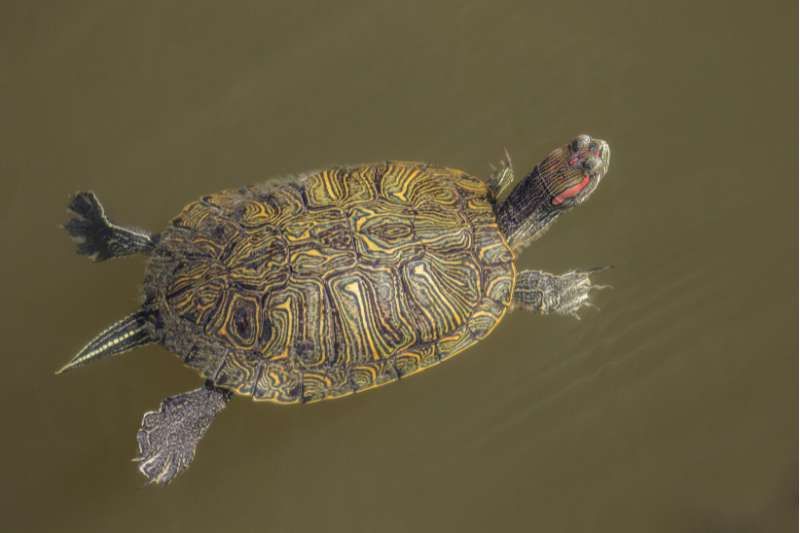
Aquatic marine turtles
Aquatic turtles are those that live in marine habitats and spend their entire lives in water; females emerge onto dry land only to lay their eggs and males do not routinely leave the ocean at all. These sea turtles belong to the following families:
- Family Chelonidae: the sea turtles
- Family Dermochelyidae: the leatherback turtle
Turtle shells act as armor against predators (as discussed above for tortoises and box turtles), insulation against heat loss, and protection from dehydration. Turtle shell develops from both the dermis of the skin and cartilage (Jackson 2011) and is part of the animal’s skeleton. In most turtles, the shell is formed by hard plates of bone and keratin (the protein that makes up human fingernails) called “scutes”. Turtle shell is durable but heavy, which could be a drawback for those turtles who live in water.
More weight means that the animal is more likely to sink. As turtles must breathe air, having shells would seem problematic; it is hard to imagine how a turtle would not simply sink straight to the river bottom or ocean floor the moment they enter the water.
But nature is adaptable and the shells of aquatic turtles have evolved over time to be much lighter and thinner than those of their land-based cousins.
Shell variation in freshwater turtles
Differences in shells can be seen when comparing an eastern box turtle (Terrapene carolina) and a river cooter turtle (Pseudemys concinna). Both of these turtles are common and widespread throughout the southeastern United States but they live very different lives.
Eastern box turtles live on land and have high, domed shells into which they can retreat when threatened by predators or environmental conditions. Because they don’t swim through water very often, a large, heavy shell meets their needs.
On the other hand, river cooters live in streams, rivers, and lakes so spend their lives swimming and diving. Although they spend a lot of their time out of the water, basking in the sun, they are quick to drop back into the water if approached. It is easier to hide in water than it is on land so, over time, their shells have flattened and thinned out. As a species, they prioritized swimming over the protection.
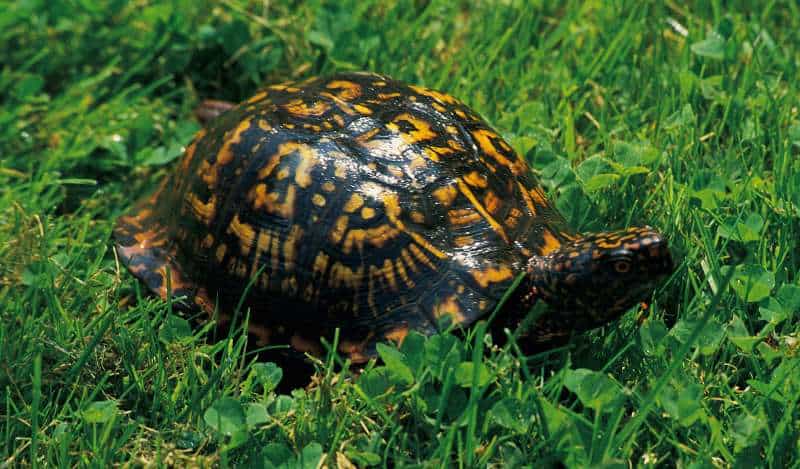

In some turtle species, the bottom half of the shell – called the “plastron” – has also reduced in size. This not only lessens weight but also increases the range of motion available to the limbs for swimming. Snapping turtles (Chelydra serpentina) and the musk turtle (Sternotherus odonata, often called the stinkpot) both have small plastrons.
As implied by their name, snapping turtles are more than capable of defending themselves so could safely trade off a hard, defensive shell on their undersides. Stinkpots come out only at night to feed quietly around the edges of ponds and reservoirs and immediately dive under water to hide if approached.
Soft-shelled turtles have the flattest shells of the turtles and spend their lives nestled into the soft mud beneath shallow water. Their shells are not hard at all – instead they are soft, leathery, and flexible. In place of the protection that hard shells provide, these turtles evolved long, flexible necks, sharp claws, and strong jaws to defend themselves.
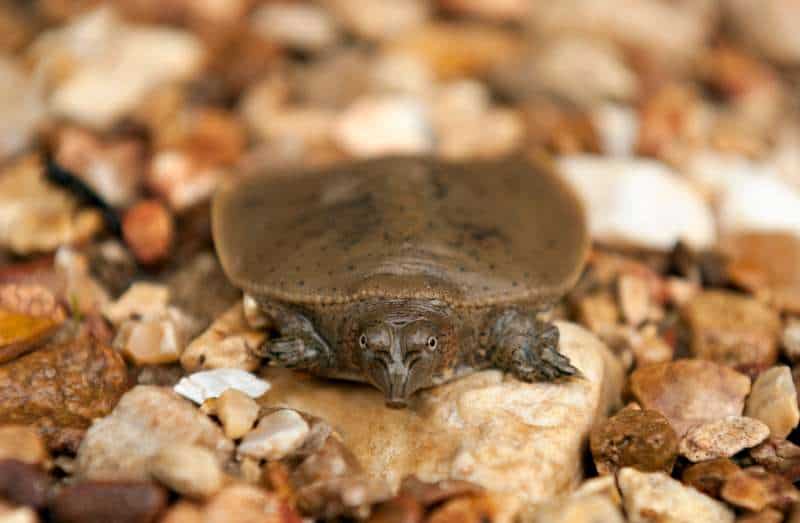
Shell variation in marine aquatic turtles
Shell reduction is taken to the extreme in leatherback turtles (Dermochelys coriacea); they have no epidermal scutes at all, only small, hard bony plates embedded in their skin (Halliday and Adler 2015). While leatherbacks are still huge, heavy creatures – adults can grow to 8 feet (2.4m) and 2000 pounds (4400kg) – their shells make up a lower percentage of their weight than they would otherwise.
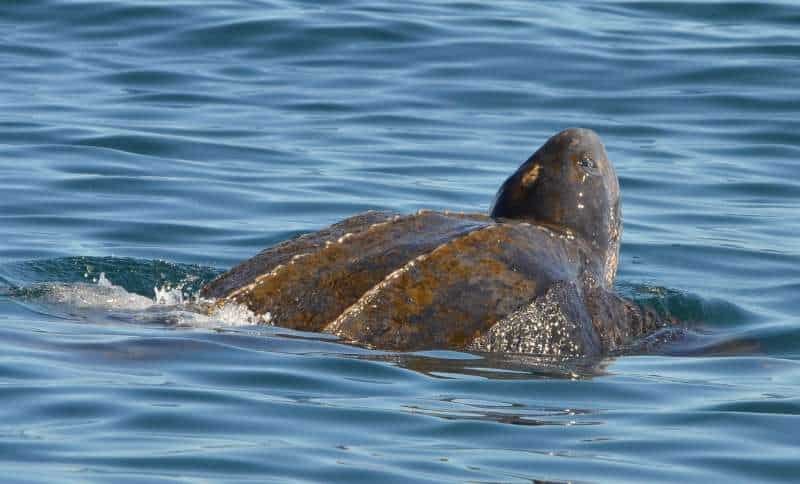
Reptiles recognizable as turtles by virtue of a developed shell appeared in the fossil record approximately 220 million years ago (Halliday and Adler 2015) and many modern species evolved to adapt their shells to aquatic lifestyles. While turtles remain the only vertebrate with shells, the shells of modern species vary widely. Turtles who live and function in water either do so with thinner, lighter, smaller shells than their terrestrial cousins, or have done away with them completely.
Related Now I Wonder Posts
To learn more about turtles in general, check out these other Now I Wonder posts:
To learn more about terrestrial and freshwater turtles, check out these other Now I Wonder posts:
- Eastern Box Turtle FAQs
- Are Eastern Box Turtles rare?
- Can you find turtles in rivers?
- River Cooter Turtles: Almost a research enigma
For information about how some reptilian relatives function in water, check out these other Now I Wonder posts:
References
Halliday T, Adler K. 2015. Firefly encyclopedia of Reptiles and Amphibians. 3rd ed. Windmill Books; Andromeda International.
Jackson, Donald C.. 2011. Life in a Shell. Cambridge: Harvard University Press.


